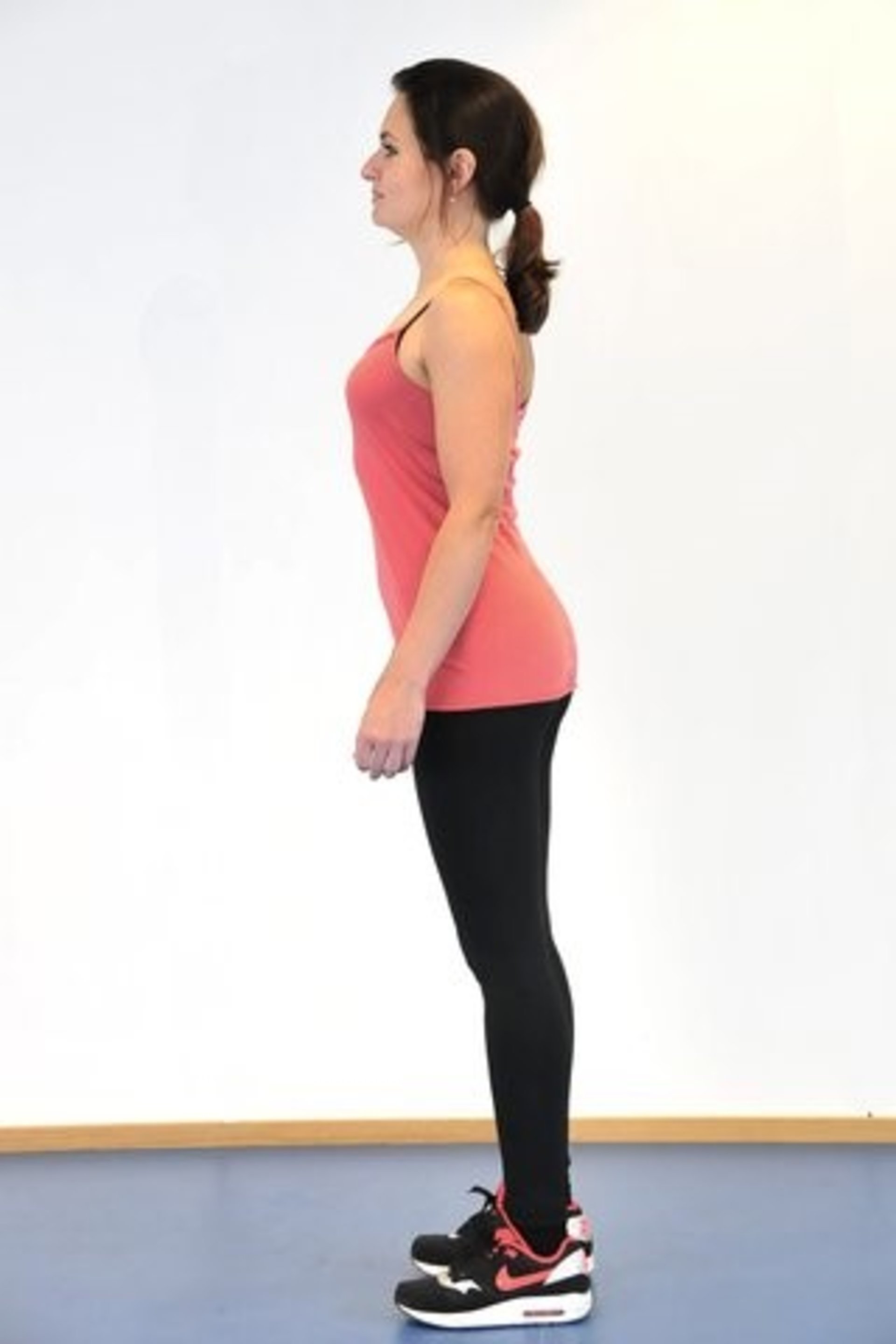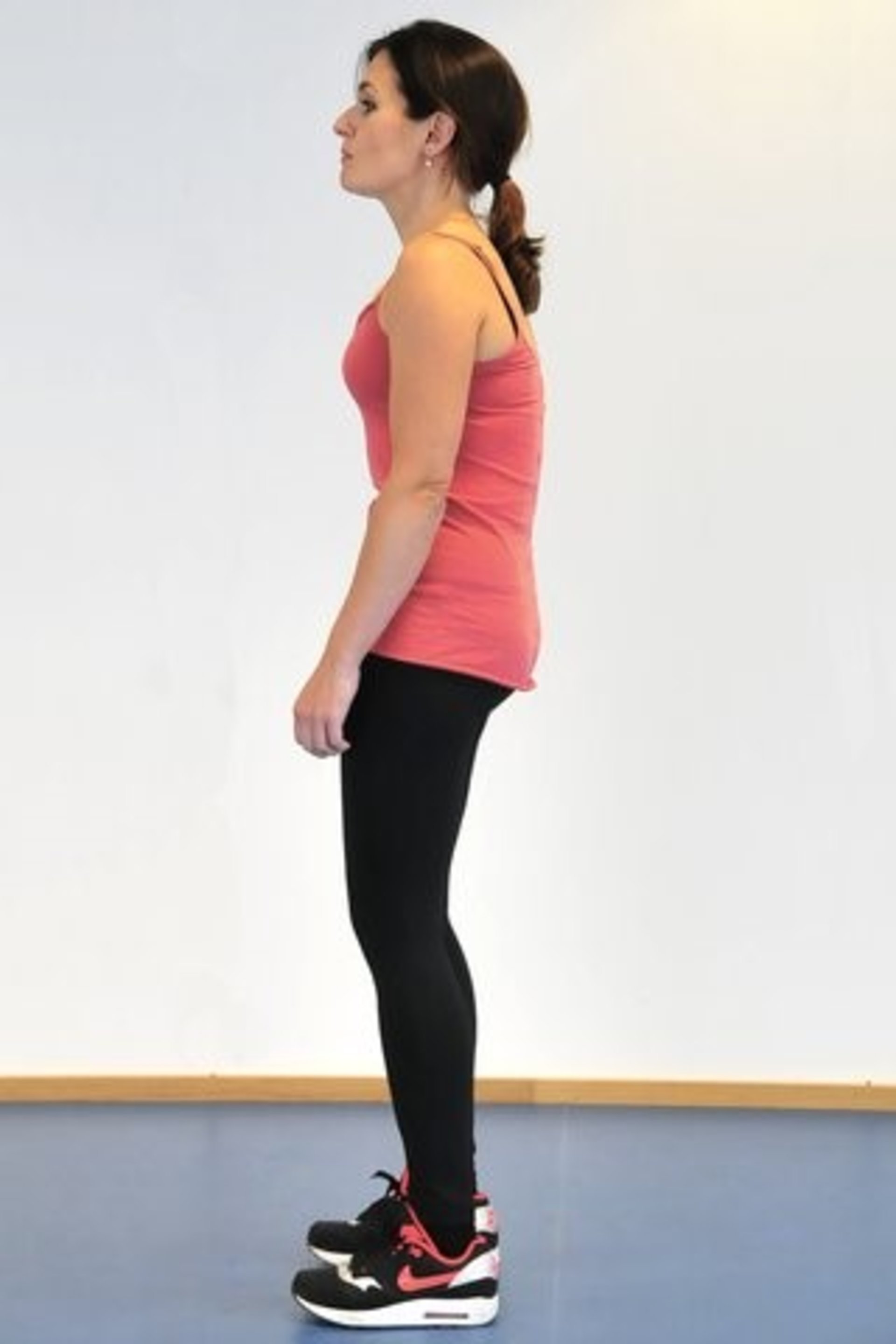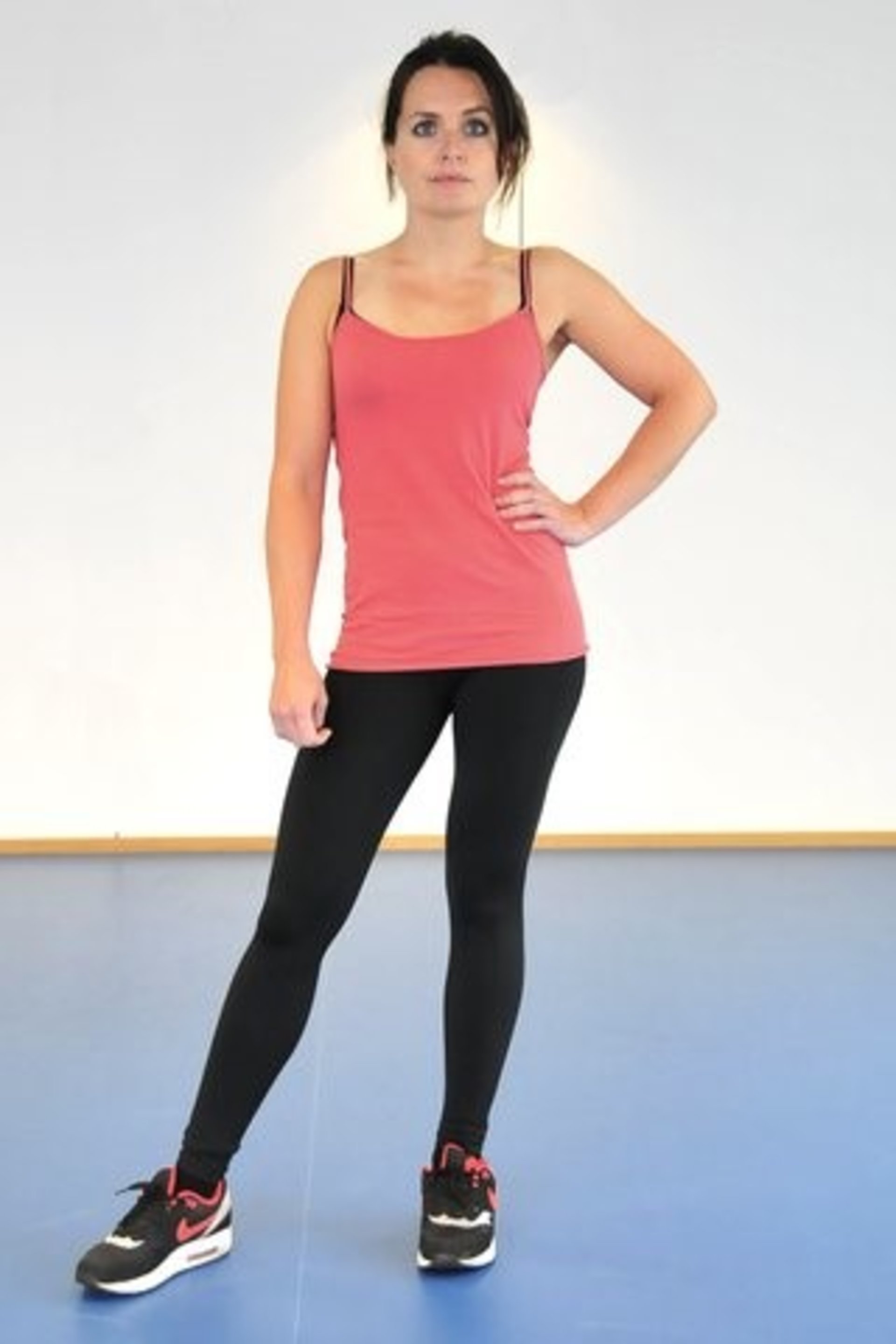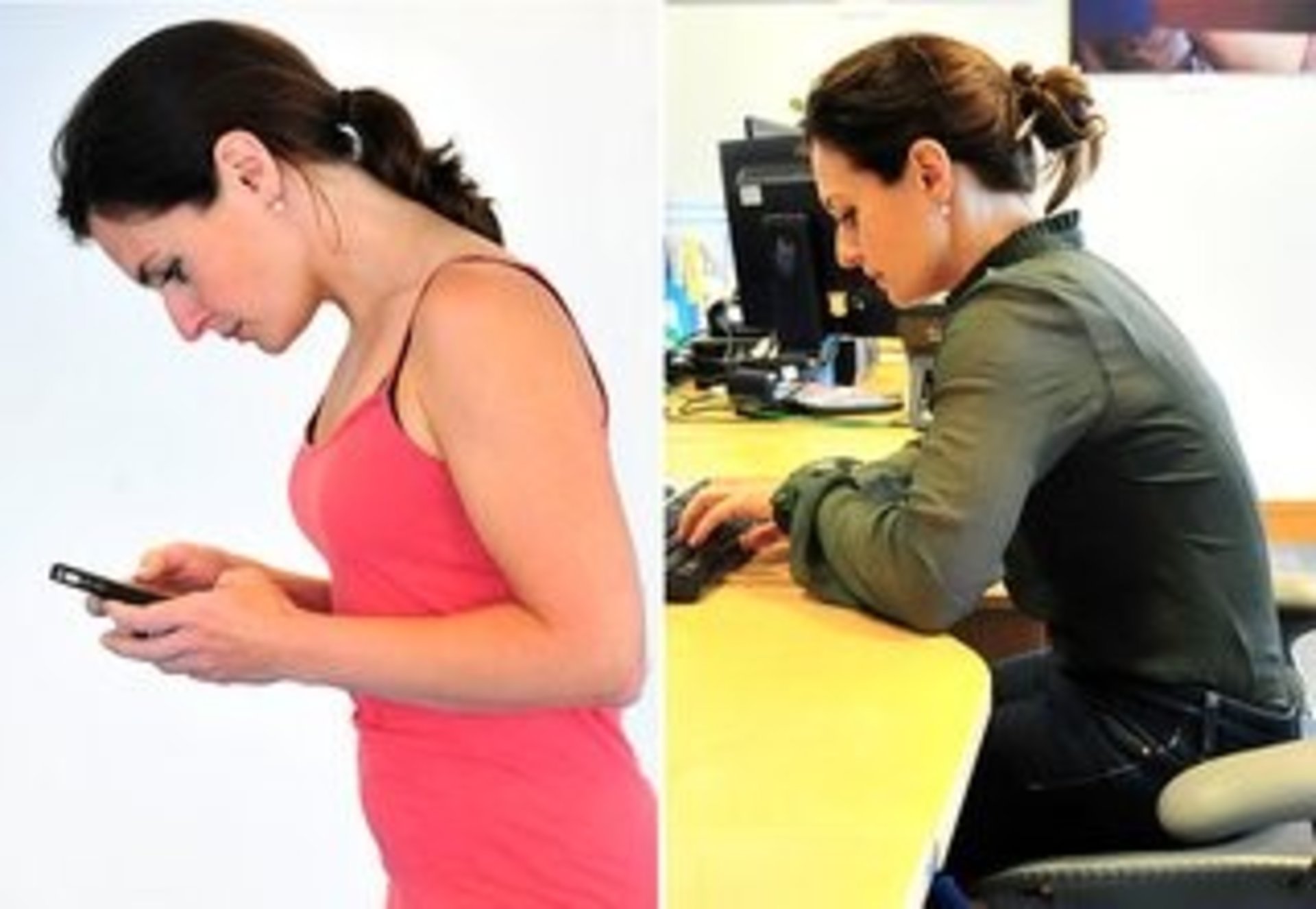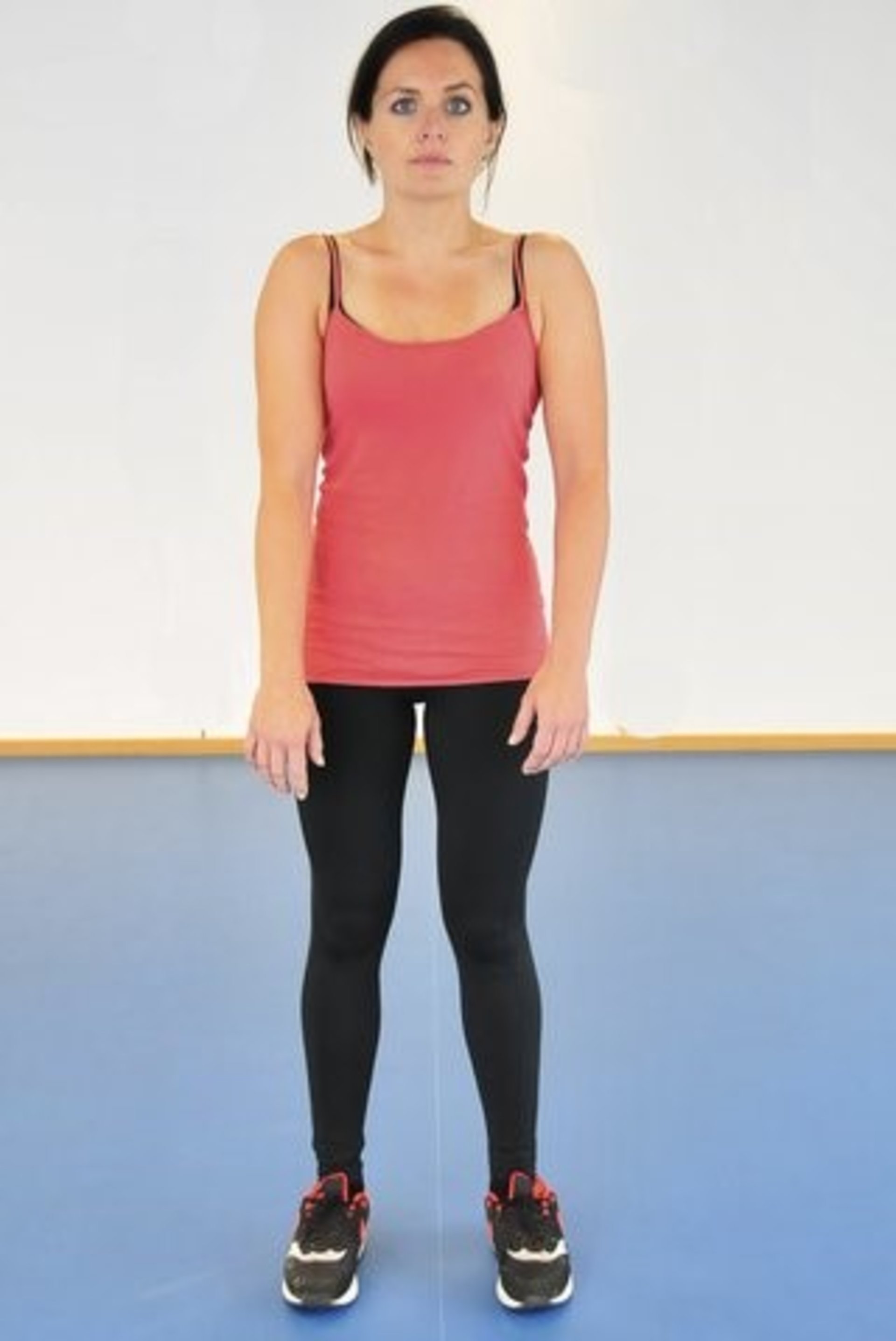Cradling your phone: Holding your phone handset between your ear and shoulder places strain on the muscles of the neck, upper back, and shoulders. The neck and shoulders are not designed to hold this position for any length of time.
Exercises for neck stiffness and pain:
•chest stretches
•neck stretches – gently lower your left ear towards your left shoulder; hold for 10 to 15 deep breaths, then repeat on the opposite side
•neck rotations – slowly turn your chin towards 1 shoulder; hold for 10 to 15 deep breaths, then repeat on the opposite side

